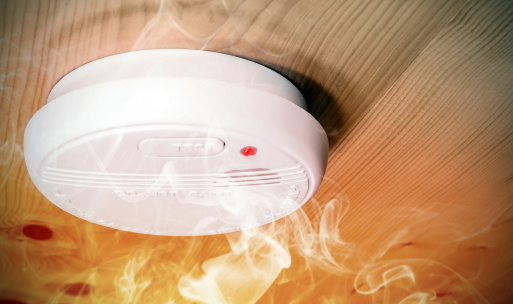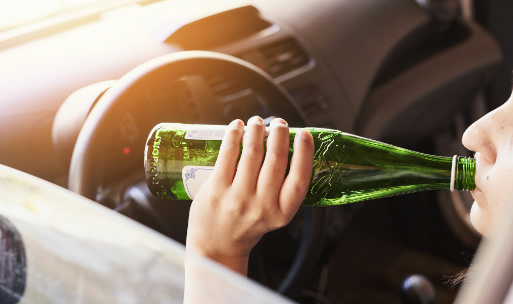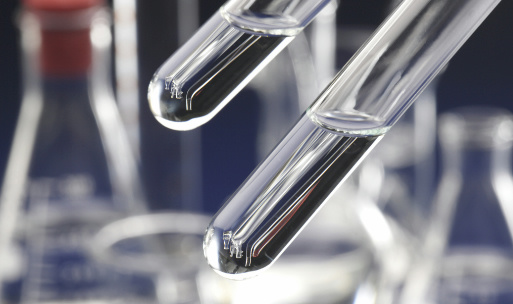How Sensors Bring Embodied AI Robots to Life
The world of technology is evolving rapidly, with one breakthrough following another. OpenAI’s ChatGPT has sparked a new wave of AI innovation, Tesla’s humanoid robot Optimus has made its debut, and NVIDIA’s CEO Jensen Huang boldly declared that "the next AI revolution will be embodied intelligence." In China, DeepSeek, an emerging AI company, has launched DeepSeek-V3, an intelligent assistant that excels in conversation, writing, and coding, drawing widespread attention. However, the real future of AI lies beyond mere software—it is about giving AI a "body" that can perceive and interact with the physical world. At the heart of this transformation lies a critical technology: sensors.
Today, we will explore how sensors enable embodied AI robots to "come alive," making them indispensable super assistants in the future.
Sensors as "Eyes" – Helping Robots See the World
Imagine a robot without eyes—how could it navigate obstacles or recognize objects? To function effectively, robots rely on various visual sensors, including:
- Cameras: Just like human eyes, cameras allow robots to capture images and recognize objects, faces, and even emotions.
- LiDAR (Light Detection and Ranging): By emitting laser beams, LiDAR enables robots to create detailed 3D maps of their surroundings, allowing them to detect obstacles with high precision.
- Infrared Sensors: Unlike visible-light cameras, infrared sensors help robots "see" heat sources, making them useful for night patrols and detecting humans or animals in darkness.
These visual sensors empower robots with the ability to perceive the world in fine detail, mimicking human vision and enhancing their interaction with the environment.

Sensors as "Ears" and "Skin" – Understanding Sound and Touch
Robots are not just about vision—they also need to hear and feel. This is where auditory and tactile sensors come into play:
- Microphones: Through advanced speech recognition technology, robots can understand voice commands and even engage in natural conversations.
- Tactile Sensors: When a robot picks up an object, tactile sensors allow it to detect the shape and texture of the item, ensuring a delicate and precise grip. This prevents fragile items, such as glass cups, from being crushed.
- Force/Torque Sensors: These sensors measure the force exerted by a robot’s limbs, preventing excessive pressure when handling objects. This capability is crucial for tasks requiring fine motor skills and controlled movements.
- Flexible Tactile Sensors & Six-Axis Force Sensors: These enable robots to perform complex tasks requiring adaptive touch sensitivity, such as assembling delicate electronic components.
With these sensors, robots can interact with their environment safely and effectively, making them more useful in industrial, service, and healthcare applications.
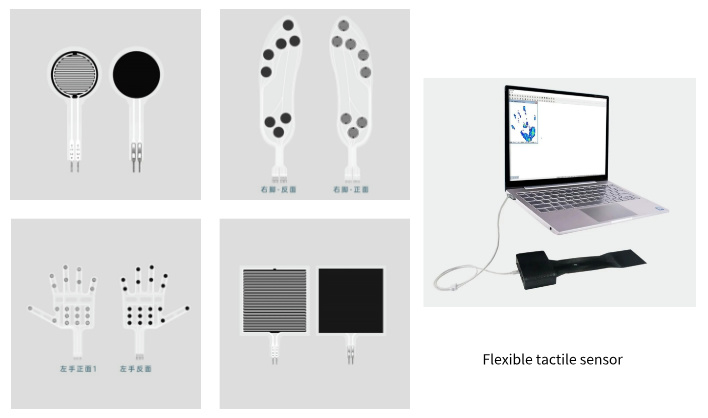
Sensors as "Compasses" – Helping Robots Navigate
How do robots move around without getting lost? Navigation and positioning sensors provide the solution:
- Inertial Measurement Units (IMU): By measuring acceleration and angular velocity, IMUs help robots maintain balance and track movement.
- GPS (Global Positioning System): In outdoor environments, GPS provides precise location data, allowing robots to navigate large spaces accurately.
- Encoders: These sensors measure the rotation of wheels, helping robots calculate distance traveled and turning angles.
These navigation sensors function as a "compass," enabling robots to find their way in any environment, whether indoors or outdoors.
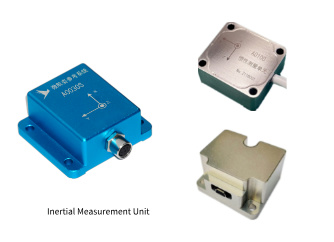
The "Superpowers" of Sensors – Enhancing Robots in Special Scenarios
Beyond basic perception, sensors can grant robots extraordinary capabilities, making them useful in specialized applications:
- Biometric Sensors: In healthcare, robots equipped with biometric sensors can monitor vital signs such as heart rate and blood pressure, assisting in patient care.
- Chemical Sensors: In hazardous environments, robots can detect toxic gases and alert humans to potential dangers.
- Humidity Sensors: In agriculture, robots use humidity sensors to monitor soil moisture levels, greenhouse climate conditions, and CO₂ concentrations, optimizing crop cultivation.
These advanced sensors empower robots with "superpowers," enabling them to play a crucial role in medicine, safety, and precision agriculture.
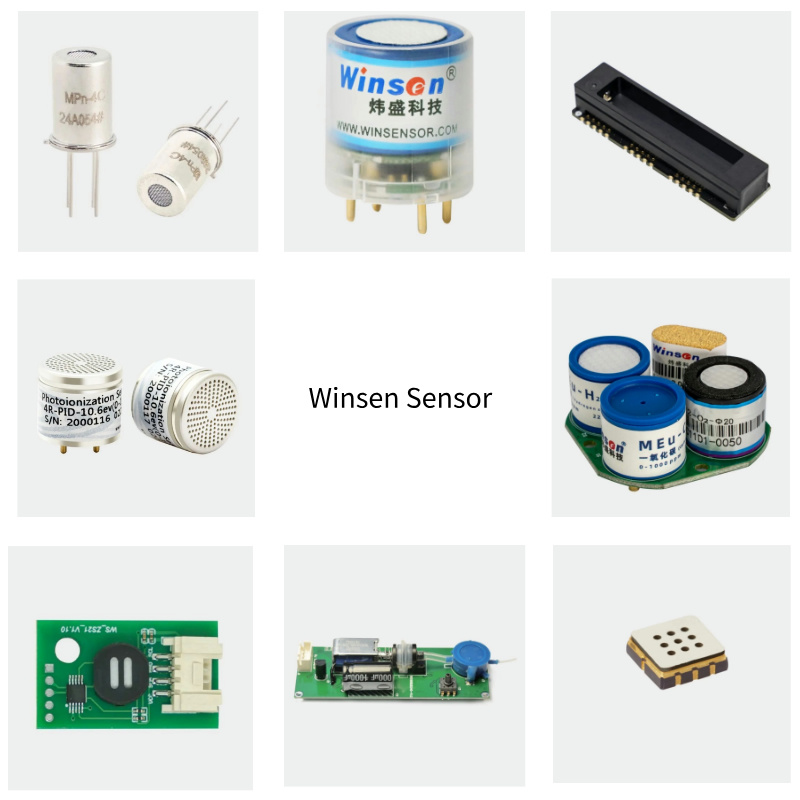
From DeepSeek-V3 to Embodied AI, Sensors Are the Future
From AI chat assistants like DeepSeek-V3 to fully embodied robots capable of physical interaction, AI is transitioning from the digital realm to the physical world. Sensors serve as the bridge connecting these two domains, allowing robots to see, hear, touch, and interact with humans and their surroundings.
In the near future, embodied AI robots will become integral parts of our lives, functioning as assistants, workers, and even companions. Whether in manufacturing, healthcare, agriculture, or service industries, robots powered by advanced sensors will play a transformative role.
What are your expectations for embodied AI robots? Share your thoughts in the comments below!


